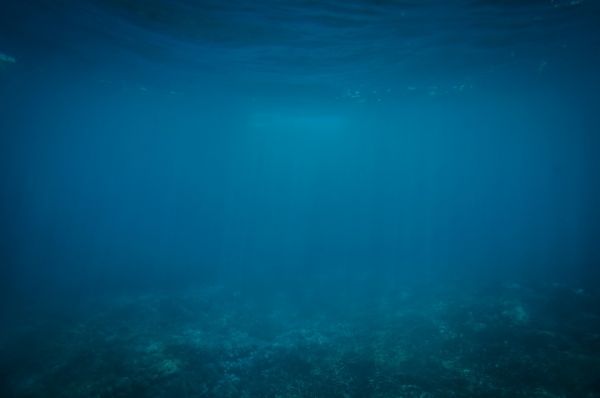Scientists for the first time have tracked how much energy from plants and animals at the surface of the open ocean survives as particles drop to the seafloor more than two miles below, where they say a surprisingly robust ecosystem eagerly awaits.
A new study published this week in Nature Communications documents how little energy survives. Most of it is lost in the upper water column to bacteria, which scour any particulate matter for food. But some diatoms - a particular type of single-celled algae – are sufficiently heavy that they sink like a proverbial rock after they die, reaching the seafloor before bacteria have a chance to leach out all the nutrients and energy.
These diatoms arrive at the ocean floor with most of their energy supply intact and form a food web that includes tubeworms, small crabs and other small organisms, living in a “feast-or-famine” existence.
“Diatoms represent only about 3% to 5% of the phytoplankton at the surface, but provide most of the energy that makes it to the ocean floor,” noted Ricardo Letelier, an Oregon State University marine ecologist and co-author on the study. “These large diatoms have silica shells that make them heavy and allow them to sink rapidly before they become depleted.
Read more at Oregon State University
Photo credit: Free-Photos via Pixabay


